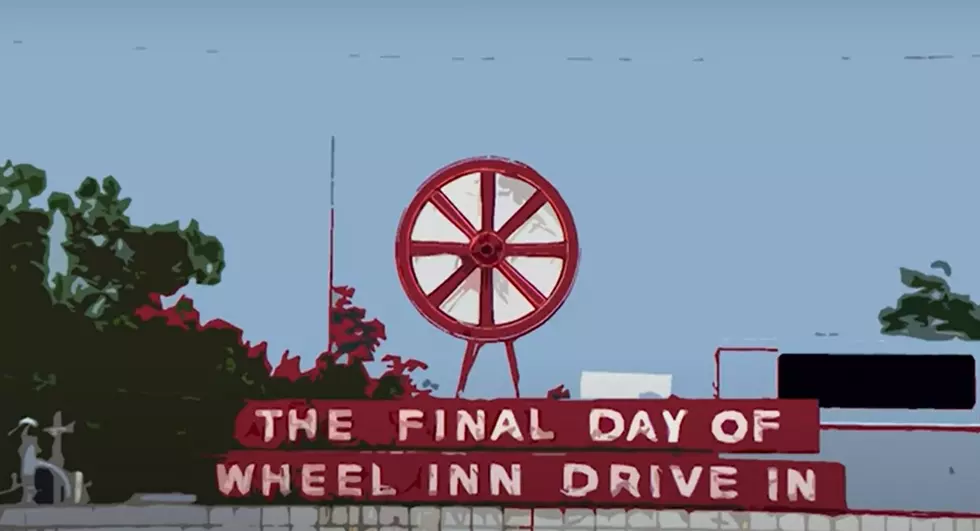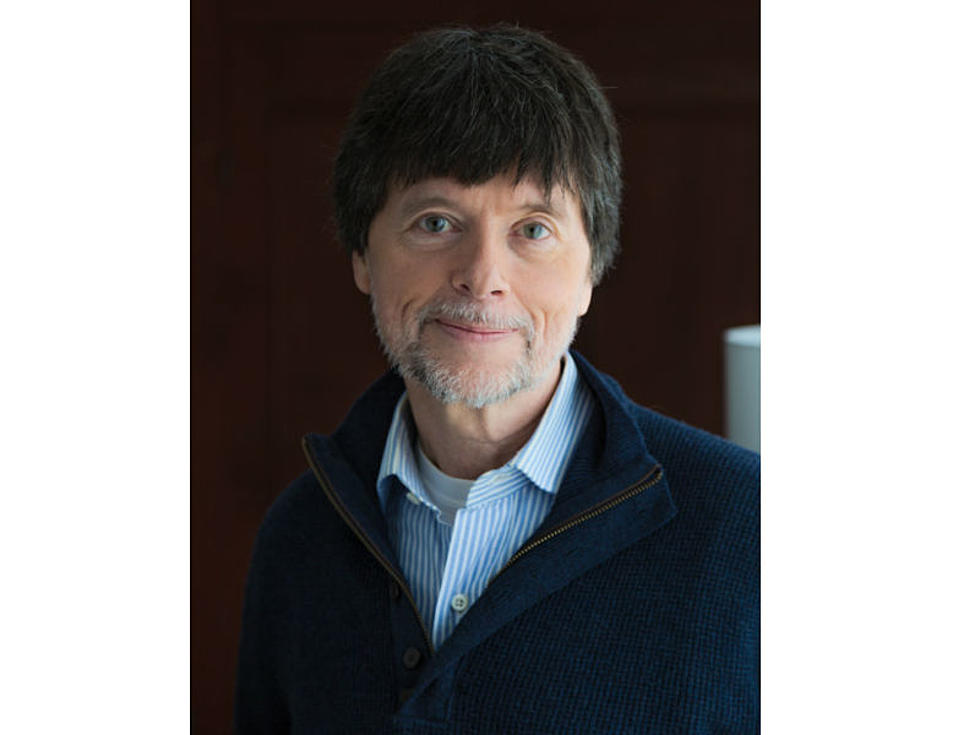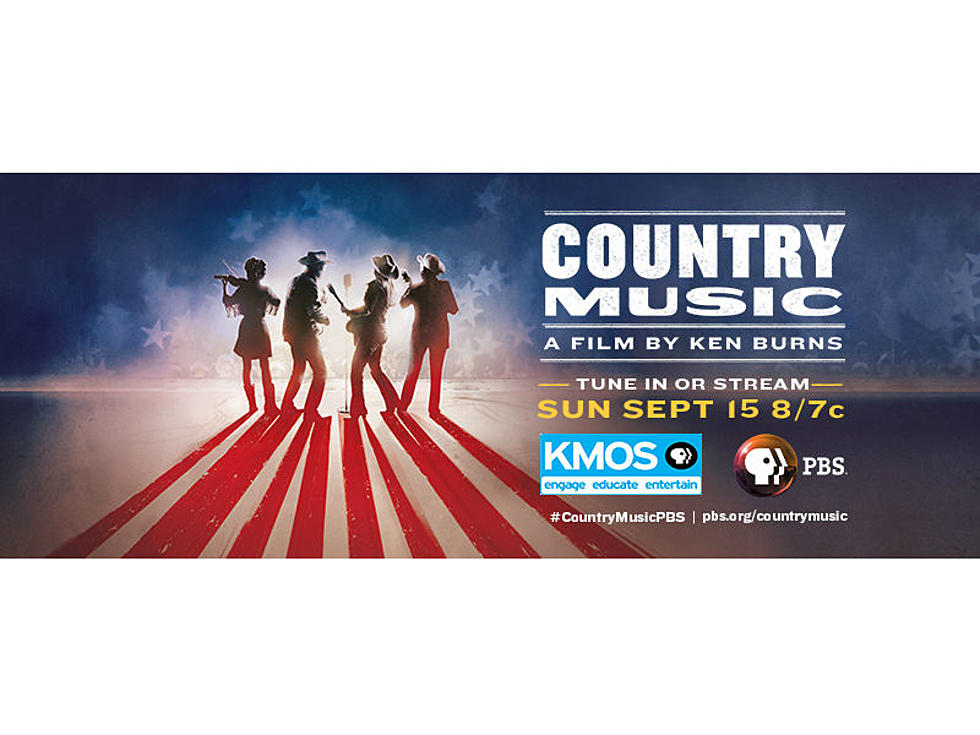
Five Things I Learned from the A&E Documentary on MTV
A&E TV's new documentary "I Want My MTV" is a two hour wild ride through the first six years of Music Television. It's the origin story of the television network and it hits most of the channel's milestones and controversies. If you consumed MTV in the 1980's it's an enjoyable and informative trip down memory lane that's sure to trigger many memories. Those who consumed MTV in the 90's and beyond though may be disappointed in the doc, because it really ends where "The Real World" "Beavis and Butthead" and VJ Adam Curry's hair begins.
Between growing up with MTV and embarking on a career in broadcasting as a brand manager and content director I've consumed a lot of historical information about MTV over the years. I've read the great book "VJ: The Unplugged Adventures of MTV's First Wave". I knew the Monkee's Michael Nesmith had something to do with harnessing the power of music, pairing it with video and creating the art form. And I knew a lot about some of the players in the channel's history. Yet, the doc still managed to teach me some things about the channel I hadn't previously heard. Here are five things I learned from watching the documentary:
- The Monkee's Michael Nesmith was involved in the creation of MTV. I knew Nesmith was a pioneer in the art of the music video. I didn't know he was one of the first that thought you might be able to create a show around showing music videos. His concept eventually lead to MTV.
- Pat Benatar was the first female artist on MTV, and her husband Neil Giraldo became the first guitar player on MTV. I probably knew the part about Pat Benatar, I didn't ever think about her husband being the first guy to play his axe on the channel. Some folks also credit Benatar for being the first rock and roll artist to dance on the channel in her video for "Love Is A Battlefield."
- MTV didn't pay for Music Videos to be made, except they paid for "Thriller". The recording industry and MTV fought a lot about who should pay to produce the videos they played and MTV had a policy they wouldn't pay the production costs for an artist to make a video. In order to get around that for Michael Jackson's epic long form "Thriller" video, which MTV wanted the exclusive rights to, MTV agreed to pay for the documentary "The Making of Thriller" with the costs for the actual video buried in the documentary on the video.
- The first three Rap videos on MTV were all by RUN-D.M.C. That's something I hadn't heard, but it made a lot of sense.
- When Warner AMEX sold MTV to Viacom the change in culture and revenue pressures changed the network. Being in radio I understand this. Leaders and leadership at the corporate level really do have an impact.
It's really an excellent documentary that's worth watching if your an MTV fan who watched the channel in the 80's. And for how quickly it moves, it at times gets specifically detailed. So detailed it might be worth a second viewing.
CHECK IT OUT: The 88 Most '80s Things About 1988
More From KIX 105.7









